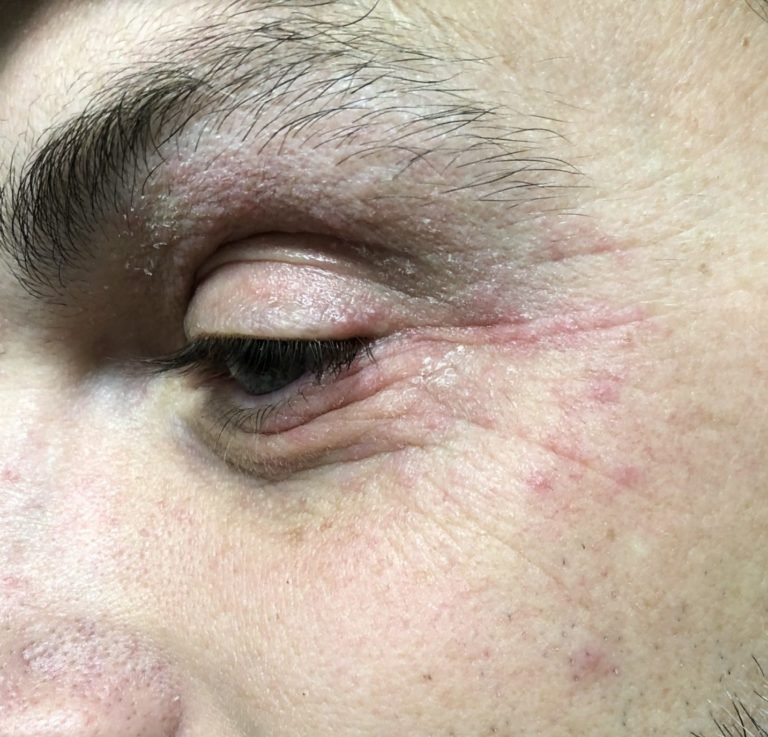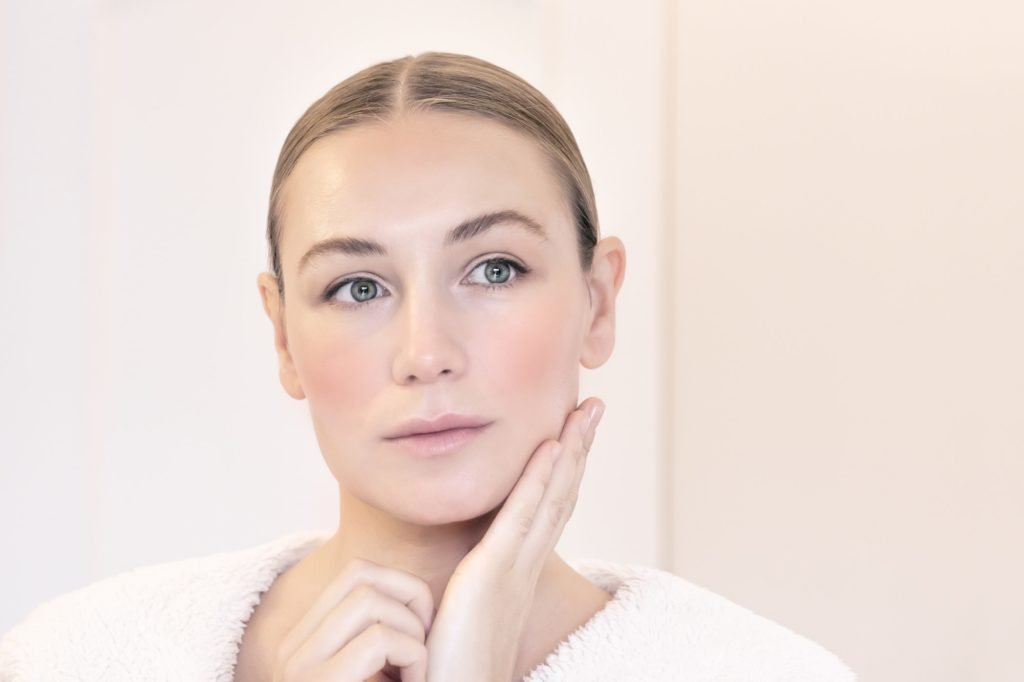Perioral Dermatitis

WHAT IS PERIORAL DERMATITIS / PERIORIFICIAL DERMATITIS
Perioral dermatitis is an either transient or recurrent and persistent skin disorder that most usually affects the around the mouth area, hence its name. It bears a strong resemblance to localized acne vulgaris. Because it also likes to occur around other orifices such as the eyes, nose, and ears, it is also referred to as “periorificial dermatitis”
EPIDEMIOLOGY
A tendency of the disease to more often appear in fair – skinned, pale people has also been noted. It tends to affect people with a history of rosacea more often. Some patients that develop POD have used topical steroids prior. It is also more common in people with more sensitive or dry skin.
WHAT CAUSES PERIORAL DERMATITIS?
The exact cause of perioral dermatitis remains unknown until this day. Most commonly, the condition is precipitated by discontinuation of topical steroids which had been applied either directly onto the skin or intranasally. It can also be triggered by inadequately chosen moisturizers, sunscreens and other cosmetics, improper face washing or hormonal changes. Even though it visually resembles regular acne, it cannot be classified as its subtype – in perioral dermatitis there are no comedones, characteristic primary lesions in acne vulgaris.
SIGNS AND SYMPTOMS
The primary lesions in perioral dermatitis are reddened papules, often accompanied by surrounding redness and light peeling or scaling. Occasionally, single vesicles or smaller pustules can develop. The lesions typically affect the perioral area with a characteristic omission of the vermilion of the lips what may appear as a lightened ring surrounding one’s mouth. Sometimes, the rash can also show at the sides of the nose or on the skin adjacent to the eyes. It can last from months to years and be either transient or recurrent in its course. No general symptoms like fever or chills have been noted, nonetheless localized itching or burning is not uncommon.

"Its not uncommon to have occasional flare ups of periorificial dermatitis as it is improving, so it is important to be persistent and compliant with your regimen to increase chances of success"

GENERAL DAILY MEASURES
- Use a gentle, dermatologically tested cleanser. Wash your face with lukewarm water twice a day, in the morning and in the evening, as well as after working out.
- Look for non - comedogenic skin care products.
PHARMACOLOGICAL THERAPY
Oral antibiotic therapy has been shown to be the most effective treatment for perioral dermatitis. The best results are seen after a 6-12 week course of doxycycline , minocycline, or sarecycline. In pregnancy, if treatment is necessary, erythromycin seems to be the therapy of choice. Topical agents have not been proven to be significantly effective, nevertheless can be used in mild cases or as an adjunctive therapy. In this respect, sodium sulfacetamide (Klaron®), metronidazole (Metrogel®), clindamycin (Cleocin T®), erythromycin (Erygel®) or azelaic acid (Azelex®) can be applied. Even ivermectin 1% (Soolantra®) has shown efficacy. Topical steroids are to be avoided – not only can they cause perioral dermatitis, but also aggravate its symptoms. On occasion, however, we have to use them in de-escalating strengths to improve the condition to avoid flares. If such a therapy is inevitable, dose reduction or introducing a milder agent may be necessary, after a consultation with a doctor. Pennsylvania Dermatology Specialists will closely examine your individual case and come up with the best possible solution.


